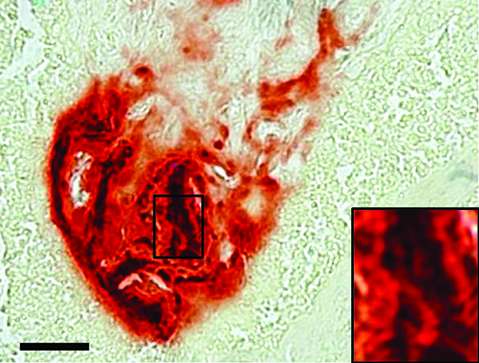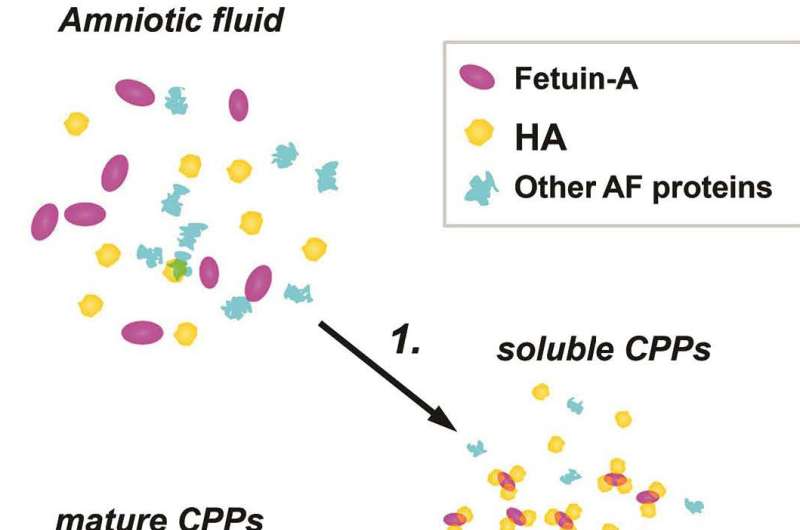New study points to a possible cause of many preterm births

The discovery that small calcium deposits in fetal membranes may lead to a mother's water breaking prematurely suggests that dietary or other interventions could prevent those preterm births.
Most spontaneous preterm births do not have causes that are easy to identify. Physicians frequently have not known why uterine contractions begin weeks earlier than they should, in one major form of preterm birth; or why a mother's water breaks well before the fetus is fully developed, in another major form.
One in 10 babies is born preterm - before 37 weeks of pregnancy - and may face long-term health problems as a result. Learning why these births occur is critical to preventing them. And a new study from Nationwide Children's Hospital may have solved part of this mystery.
Researchers found that in preterm, premature rupture of the fetal membranes - that is, water breaking significantly early- the amniotic sac contains calcium deposits and early markers of bone formation. The membranes, then, are less elastic and more prone to breaking.
"We do see calcium deposits in full term births as well, which is probably part of the normal breakdown of the membranes at the appropriate time," says Irina Buhimschi, MD, senior author of the study and director of the Center for Perinatal Research at The Research Institute at Nationwide Children's. "The membranes are supposed to rupture when labor is underway. However, these calcium deposits are too many and too early."
The study, published today in Science Translational Medicine, also demonstrates how the deposits occur. Many human body fluids, including saliva and blood, can produce calciprotein particles. When those particles deposit in soft tissues outside of the skeleton, they can lead to harmful calcification. Calciprotein particles have been implicated in kidney stones, atherosclerosis and aneurism rupture. A protein called fetuin-A helps prevent those particles from depositing where they shouldn't.
This study shows for the first time that amniotic fluid can also produce calciprotein particles. In cases of preterm premature rupture of membranes, the amniotic fluid has decreased concentrations of fetuin-A, resulting in a decreased ability to stop the particles from depositing in the amniotic sac.
When researchers exposed fetal membrane cells to calciprotein particles, the particles led the fetal membrane tissue to begin creating osteoblasts, the precursors of bone.

These findings suggest that it may be possible to identify pregnancies at greater risk for premature preterm rupture of membranes, says Dr. Buhimschi, who is also a professor of Pediatrics and Obstetrics/Gynecology at The Ohio State University College of Medicine. They also suggest possible interventions to prevent these kinds of preterm births.
"We need to see if there are women who lack the capacity to prevent these early calcifications," says Dr. Buhimschi, who began her work linking prematurity and calcification at the Yale University School of Medicine. "I also believe strongly that there are dietary measures that would improve the intra-amniotic environment for these women. We know that dietary interventions are critical in atherosclerosis and other disease processes that involve calciprotein particles. We just have never considered it in preterm premature rupture of membranes before."
More information: "Calciprotein particles as potential etiologic agents of idiopathic preterm birth," Science Translational Medicine, stm.sciencemag.org/lookup/doi/ … scitranslmed.aah4707















